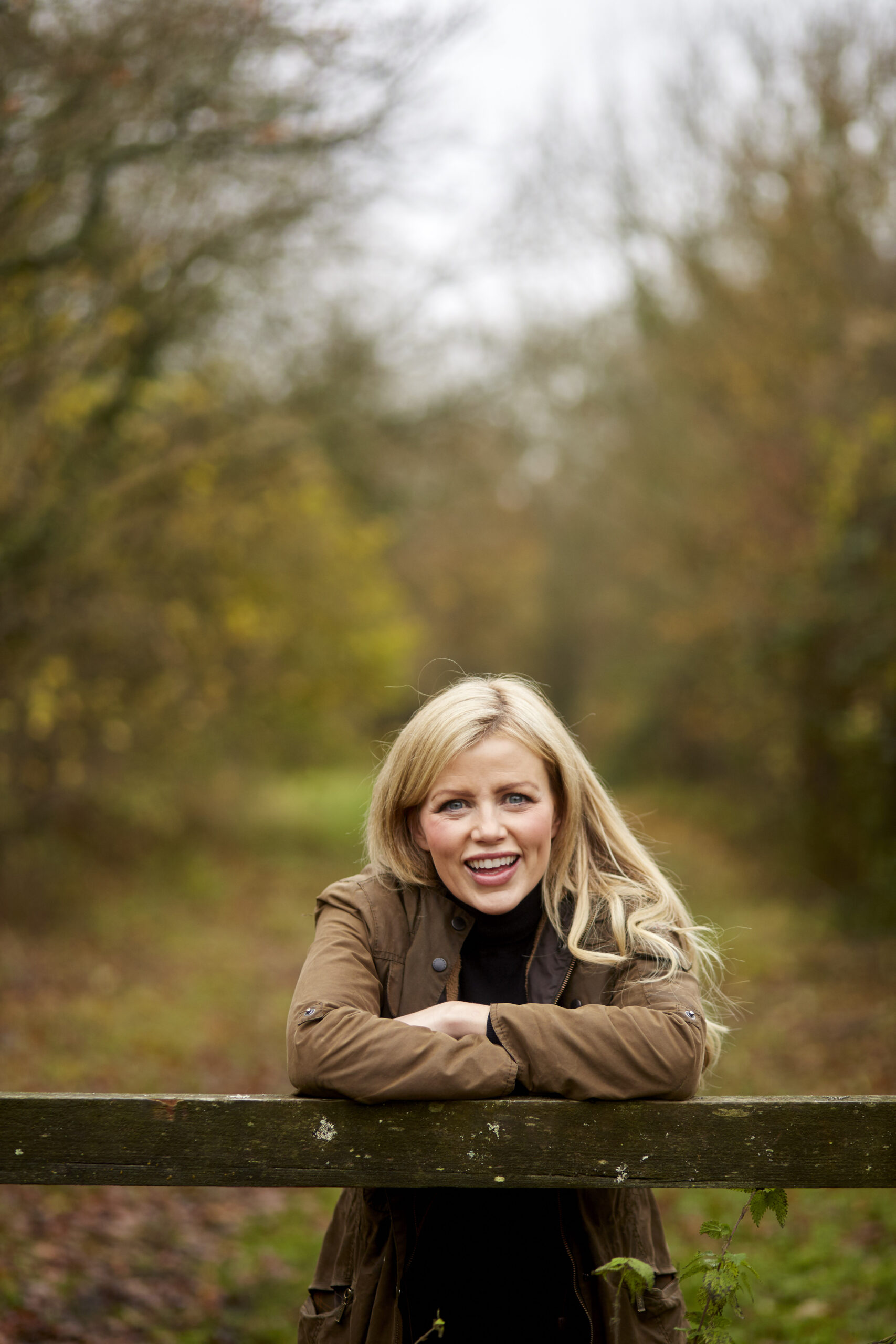List pieces are pretty compelling. For this column, it was tempting, what with the time of year and the sheer volume of online advice on the subject, to create the definitive list of simple hacks to get rid of belly fat. Disappointingly few are backed by credible evidence, so we rely on the findings of diabetes scholars: “It’s all about the calories.” Or the research of journalist Michael Pollan: “Eat. Not too much. Mostly plants.” The laws of thermodynamics really are most inconvenient. Just like the books promoted at airports that offer Five Simple Steps to Being a Millionaire by Lunchtime (which really deserves to be a pamphlet but has been padded to fill 250 pages and made someone a millionaire by lunchtime), list reading is alluring. This piece however, pulls together a list of notable changes to country living that have occurred during the course of my short – thank you – lifetime.
Heckle
Wildlife: 41% decline
In the 2019 State of Nature report, researchers found that across our lands – from woodland to aquatic environments – both the number of species and their abundance are in free-fall decline. The steepest data cliffs are for hedgehogs (95% down since the 1950s) and turtle doves (98%).
Vehicles on the road: 120% increase
Just over 17 million vehicles cruised the roads when I was born in 1977; 39 million shuttle around today.
Rivers: could do better
Our rivers were an embarrassment 40 years ago. While there have been improvements to the number of invertebrate families and a decline in organic pollution, there is still work to be done. Only one of our rivers has bathing water status.
Public access to land: currently 8%
While it is difficult to figure out the extent of right-to-roam land when I was born, in England it is now just over 8%, even after the Countryside and Rights of Way Act 2000. Disappointingly, a scheduled review has been shelved. There have been some changes in the structure of public land ownership over the last century. For example, the Forestry Commission now controls about two million acres. Yet, since the late 1970s, approximately five million acres of previously public land (10% of UK land) has been privatised, notes Brett Christophers in The New Enclosure (2018). Pleasingly, since I was born, there has been an increase in the amount of land owned by conservation organisations: National Trust and the RSPB own nearly a million acres between them. Land held by pension funds has also increased considerably, as a secure asset against inflation (Ilbery et al, 2009). Nevertheless, recent research on the history of land ownership in the UK over the last century has shown very little overall change from the time of Downton Abbey: in 2010, 0.6% of the population owned half of the rural land in the UK. Historic landed families still make up around 20–25% of the 200 wealthiest people in Britain.
Cheer
Percentage of income spent on food: -44%
In the 1950s, a third of household income was spent on food; today, it’s around 14%. My calculations are ragged here, but it is worth recognising how much we pay for calories and what we have left over.
Sustainable energies: upwards
Household energy use has decreased by around 12% since the late-1970s. It’s still high for road and air travel, but at home we own more energy-efficient devices and use less that we did 40 years ago. Meanwhile, only nuclear and hydropower were in operation then, with wind, solar and bio-energies all coming online in recent years.
UK population: 19% increase
From 56.2 million to 67.33 million today, there are more of us here: more to feed, more of us to love and crucially, more collective ingenuity.
